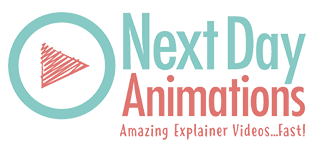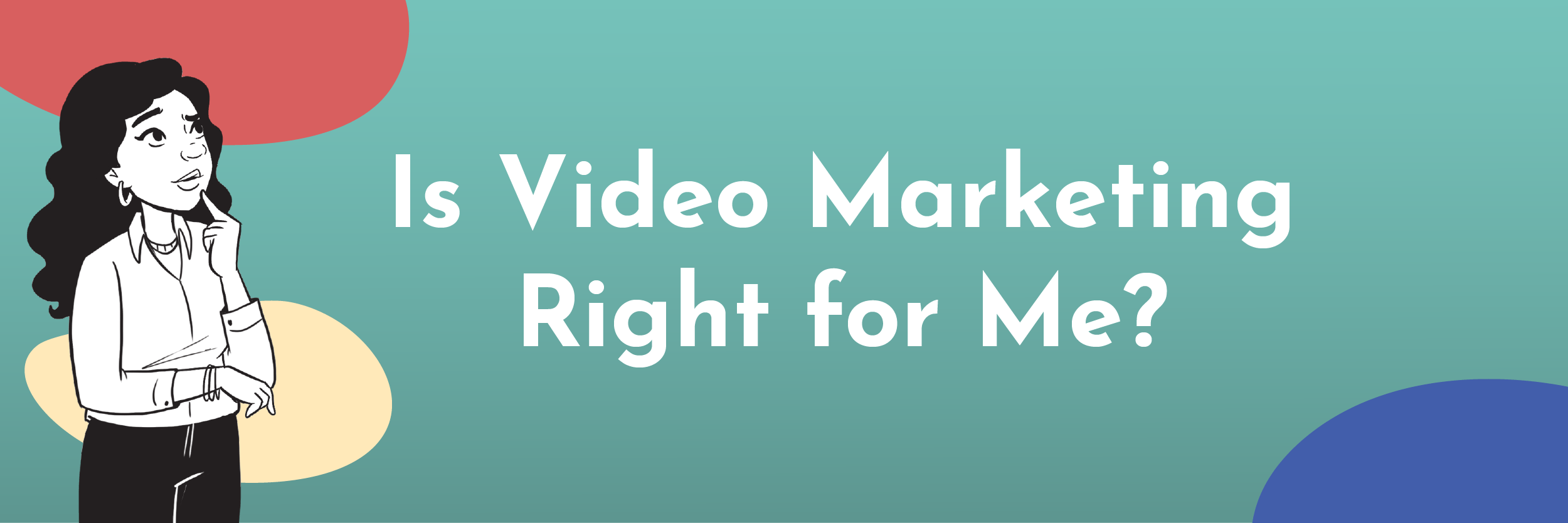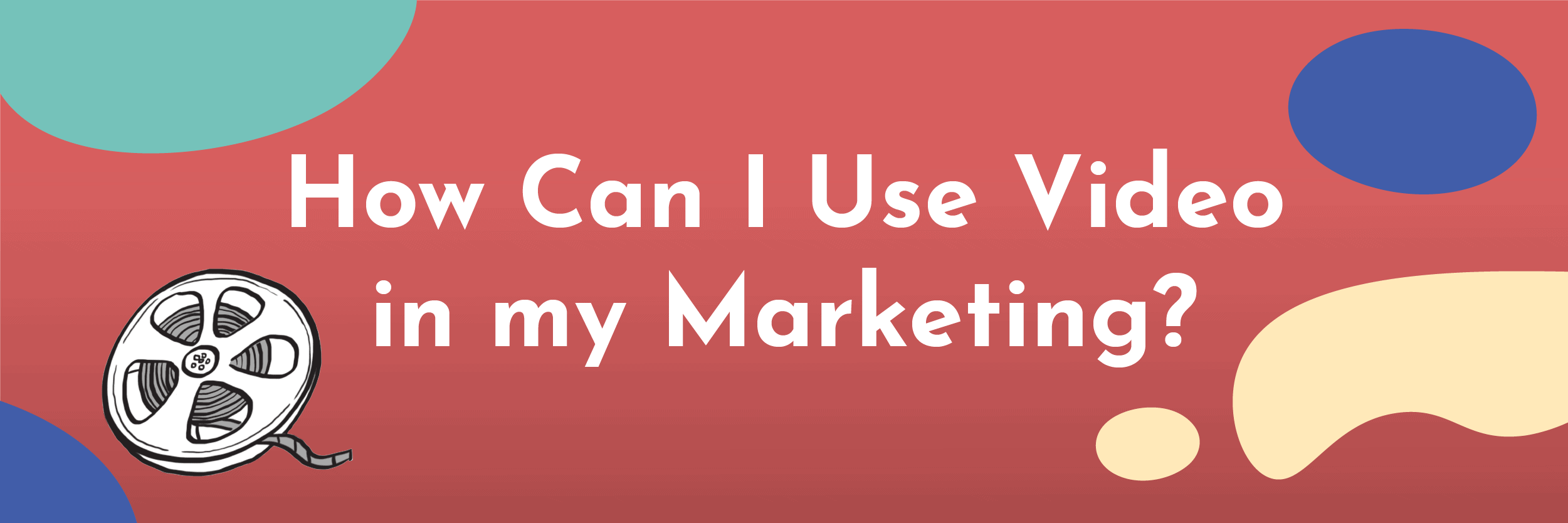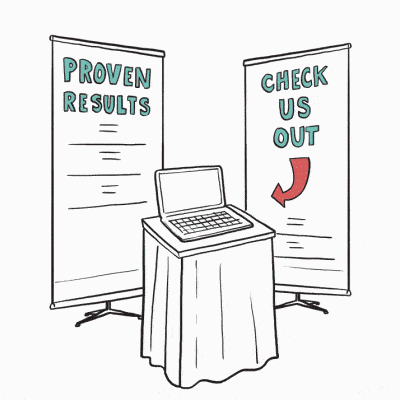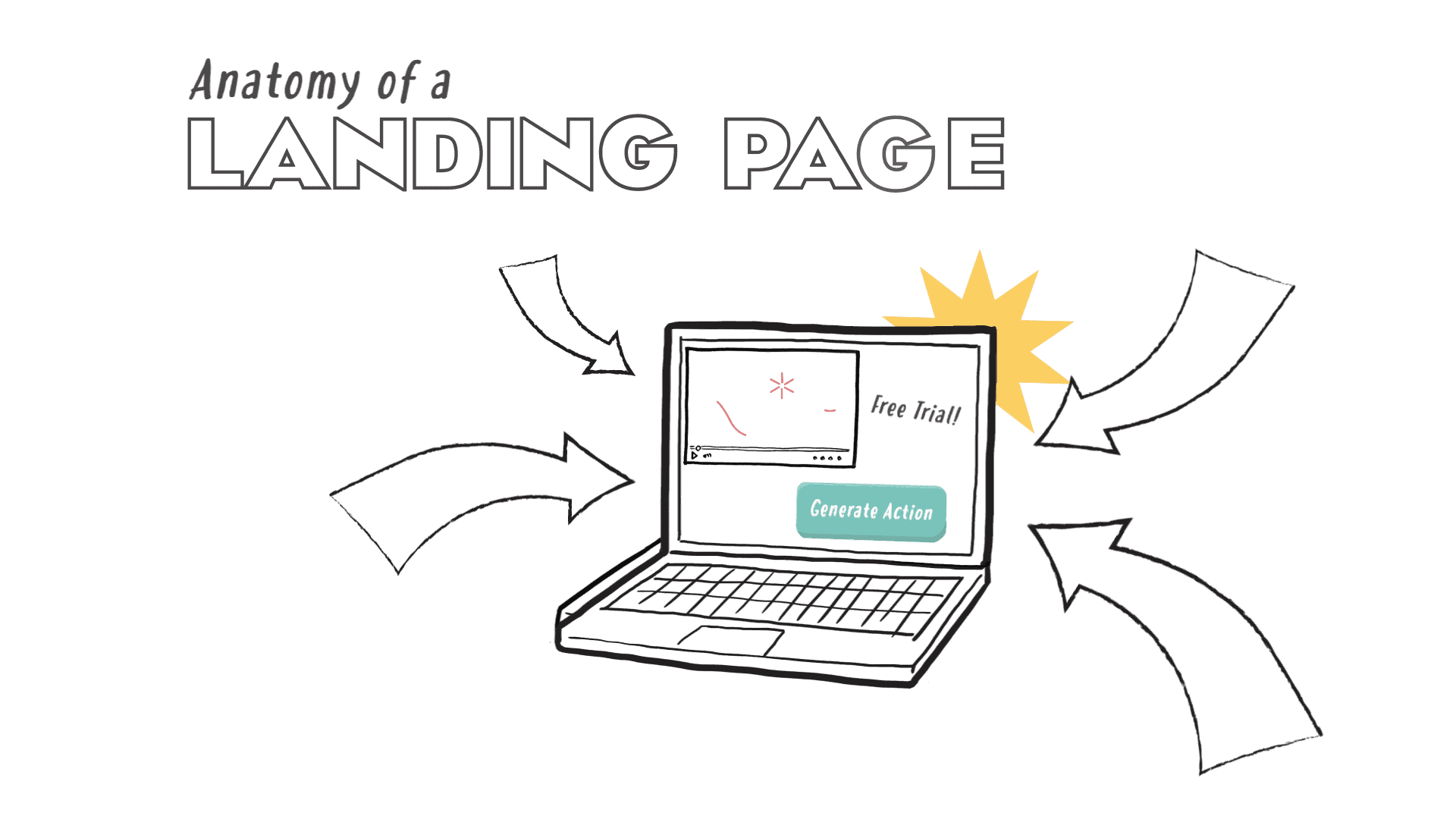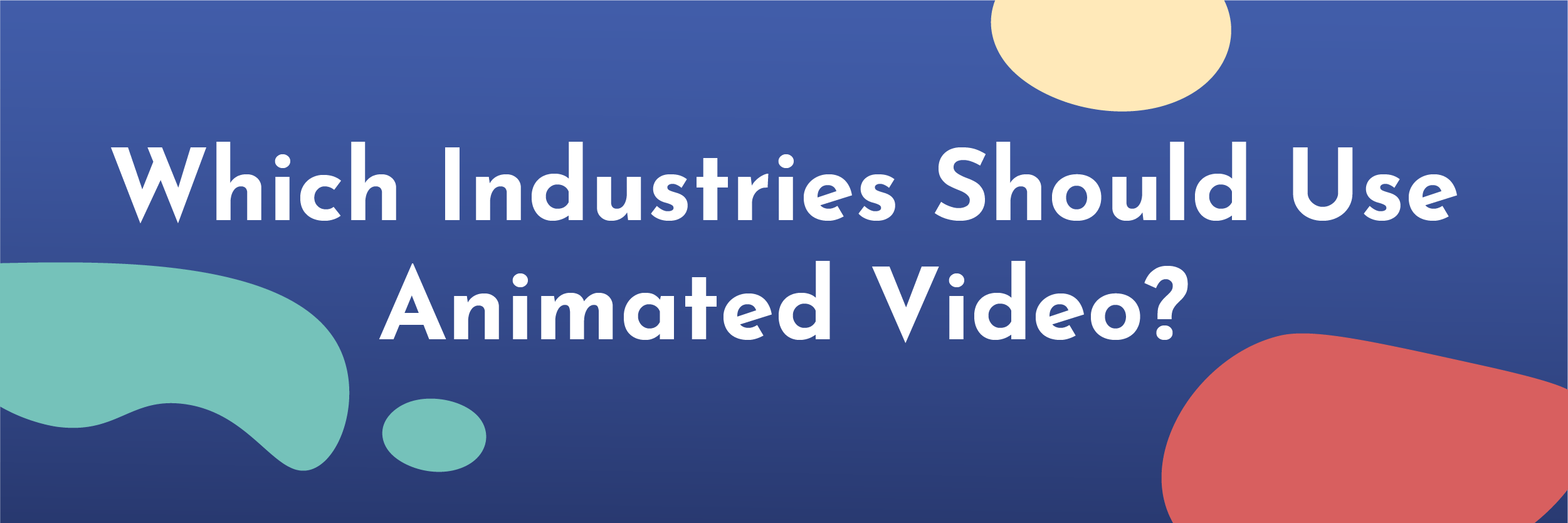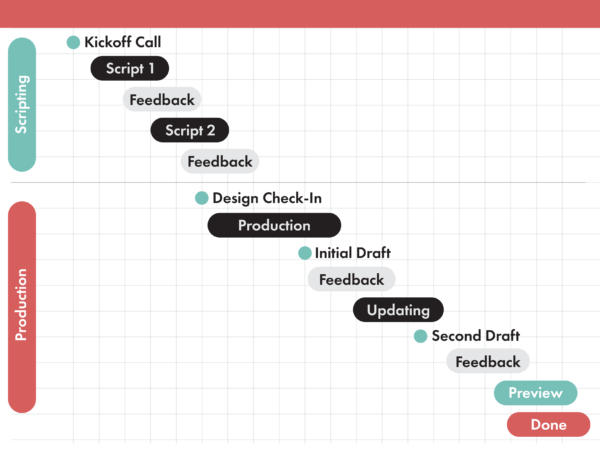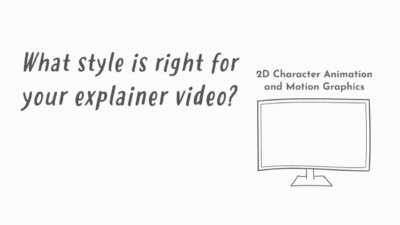Hello! Welcome to our Comprehensive Guide to Video Marketing. We’re here to tell you all about how effective and impactful video marketing can be – even more effective than, say, written communication. Written communication still has an important place in marketing or teaching, but video can work alongside written materials to supercharge engagement and retention. Video can’t do everything, but it does some things really well, and we’re here to spill our secrets about exactly how it can be most effective for you and your business.
Video can:
- Support and accomplish your marketing objectives
- Simplify a complex product or service
- Make your social media more interesting
- Boost your Search Engine Optimization (SEO)
- Increase engagement with your website
- Support Internal communications and training – especially with a remote workforce
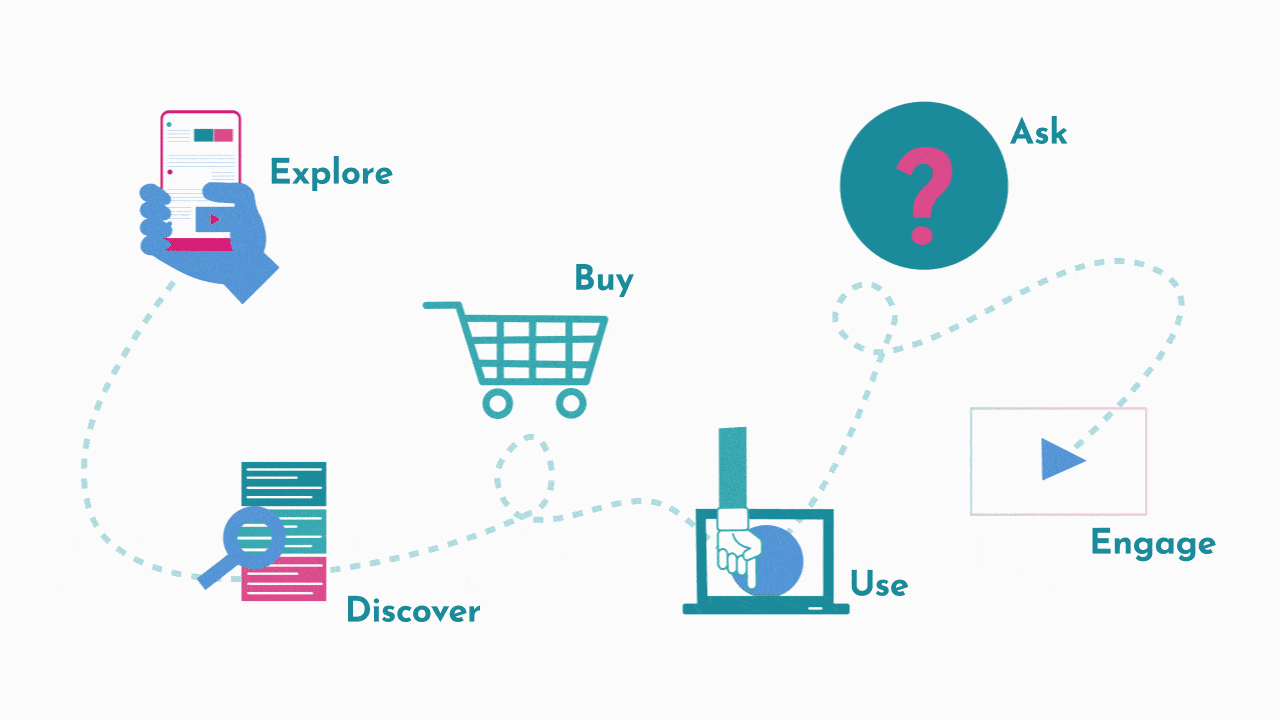
In this guide, we’ll take you through how video conveys information more effectively than written or other visual media, explore some of the ways you and your company might use video marketing, and talk about some specific examples from different industries.
Then, we’ll take a peek behind the curtain at the video-making process, and share some tips and tricks for making fun, successful explainer videos that your audience will want to share over and over again.
